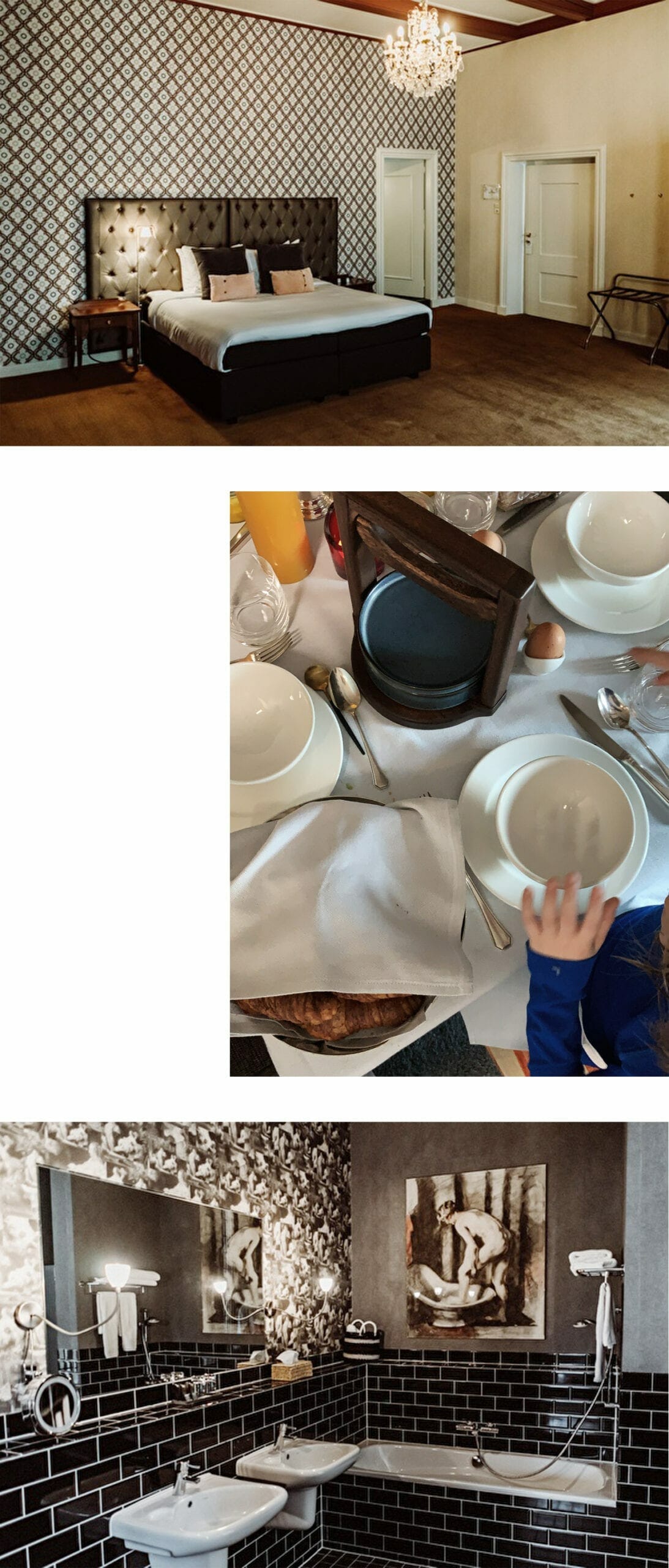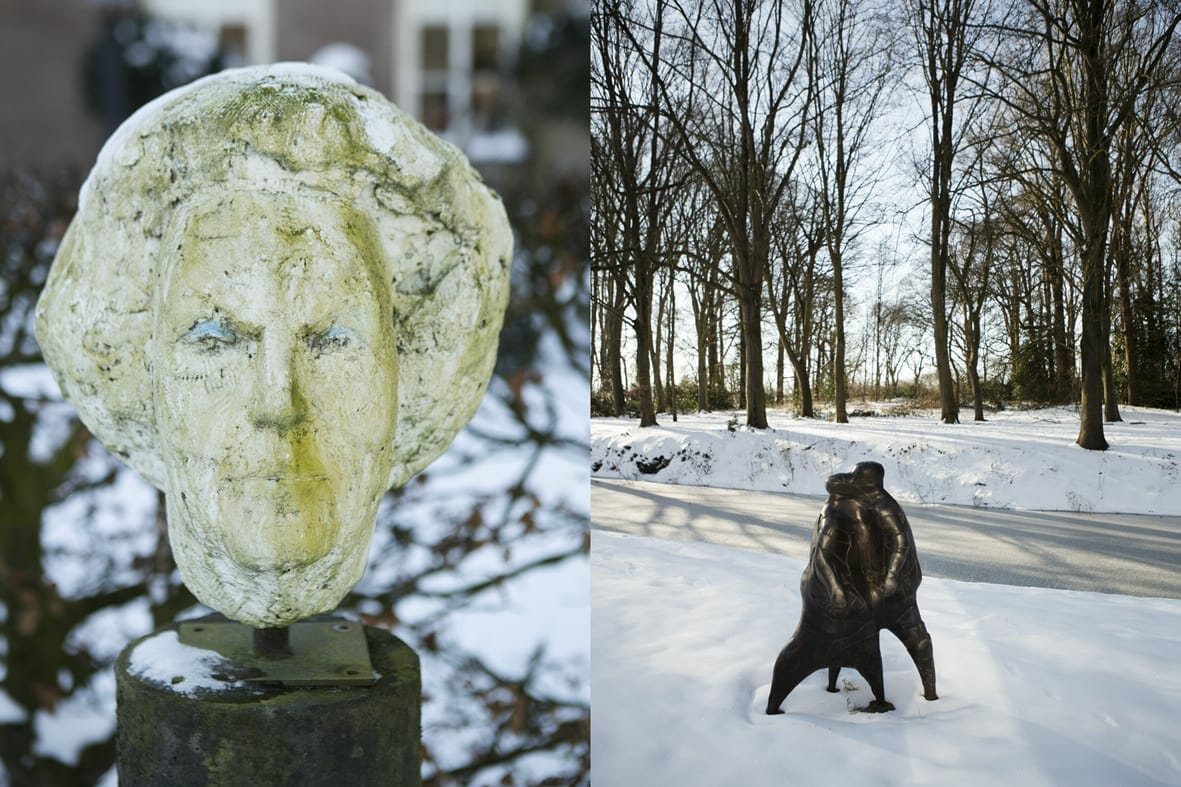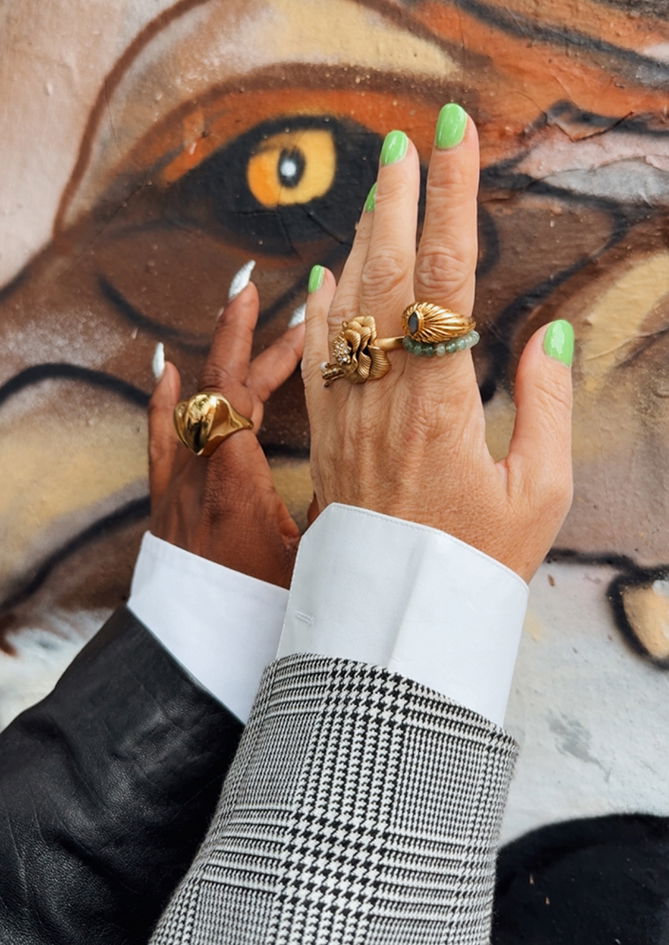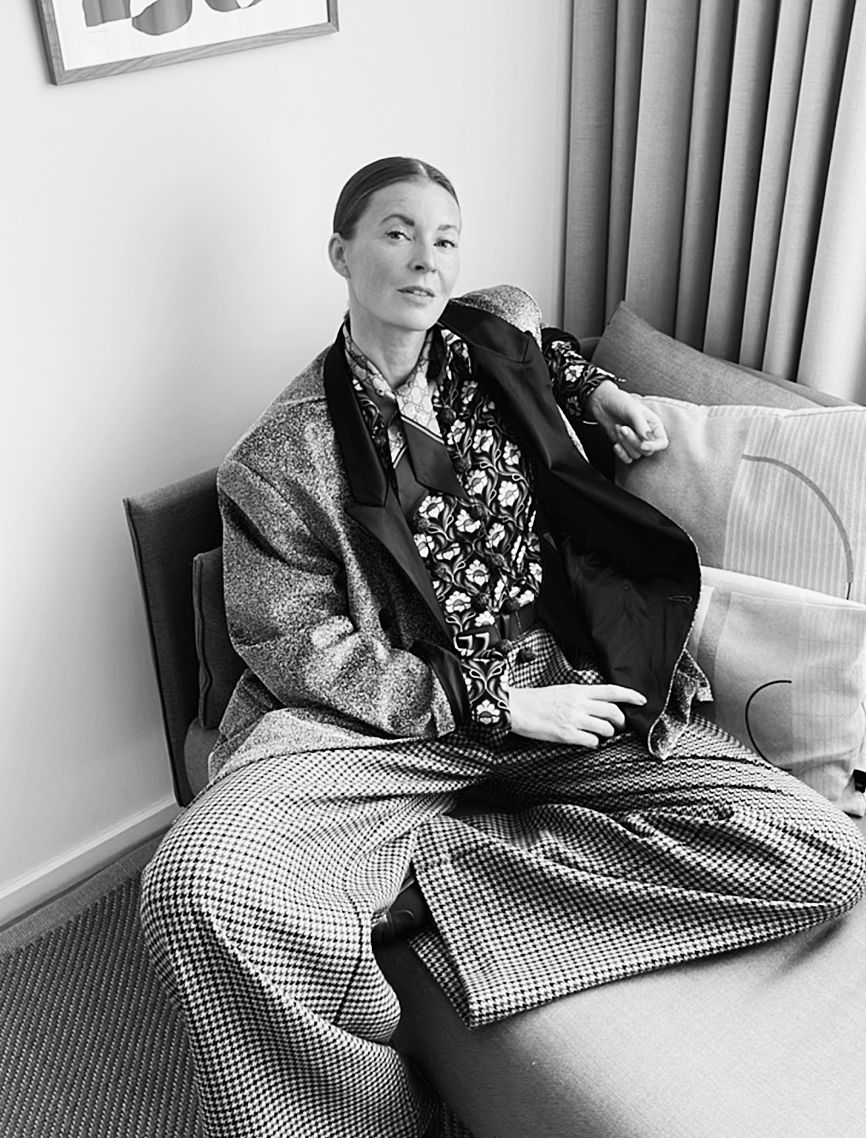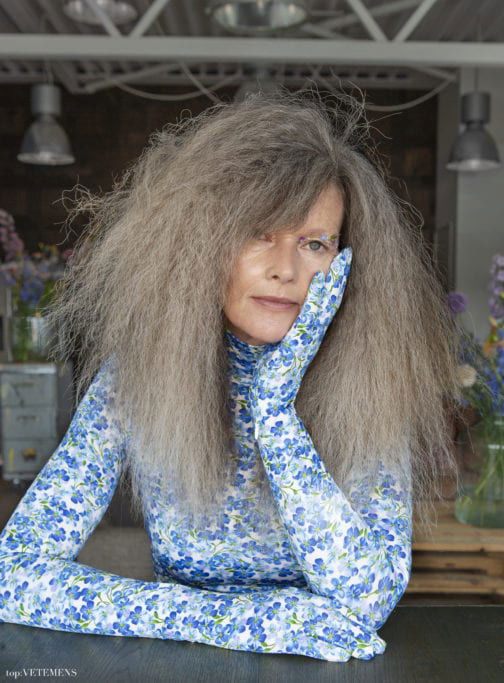De Havixhorst
Lorem ipsum dolor sit amet, consectetur adipiscing elit. Integer nec odio. Praesent libero. Sed cursus ante dapibus diam. Sed nisi. Nulla quis sem at nibh elementum imperdiet.
Category
going places
Date
14/02/2021
Length
2 min read
Share
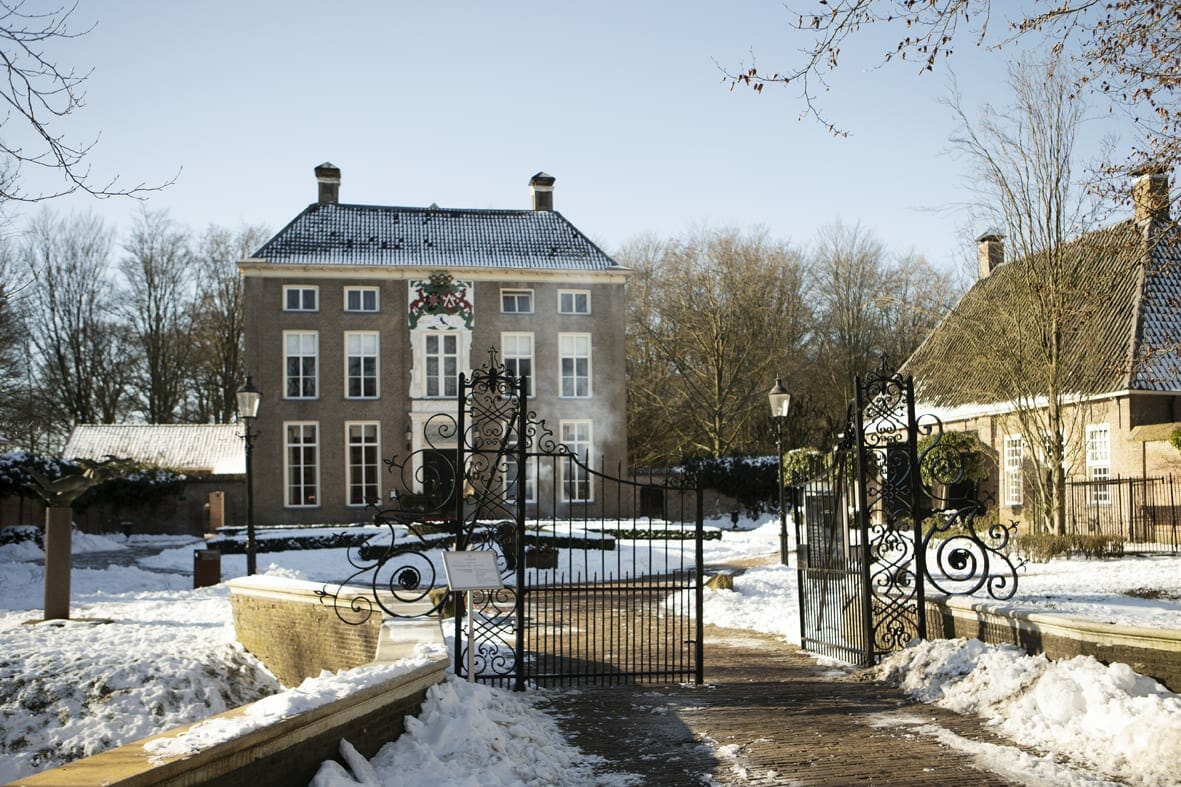
When Martin told me that he had found a hotel that was open and served dinner/breakfast in the room (because of the lockdown), you can probably understand my enthusiasm. A mini holiday to Drenthe during Valentine’s weekend with lots of snow! We haven’t seen this much snow in the Netherlands in years.
Traveling is really one of the things I miss the most since we got into the COVID-19 pandemic. But one vivacious is that since the restrictions we travel within our own country and get to know and appreciate it in a very different way. Holidays in our own country is not something we’ve ever done before. This time we went to Drenthe, a province in the Netherlands known from the village of Giethoorn (the Venice of the Netherlands).
Lorum ipsum
Lorem ipsum dolor sit amet, consectetur adipiscing elit. Integer nec odio. Praesent libero. Sed cursus ante dapibus diam. Sed nisi. Nulla quis sem at nibh elementum imperdiet.
